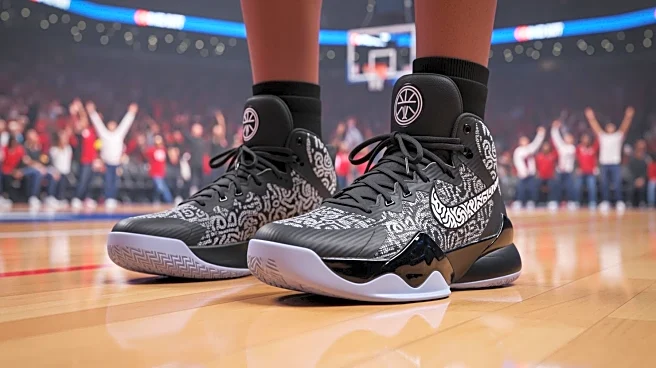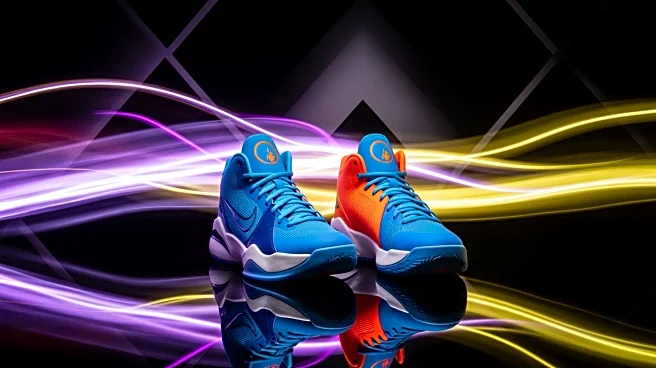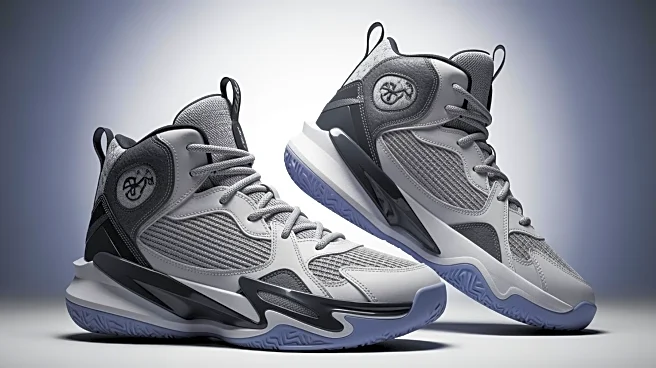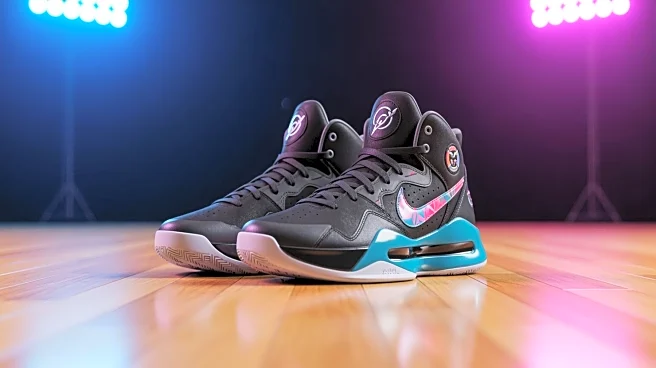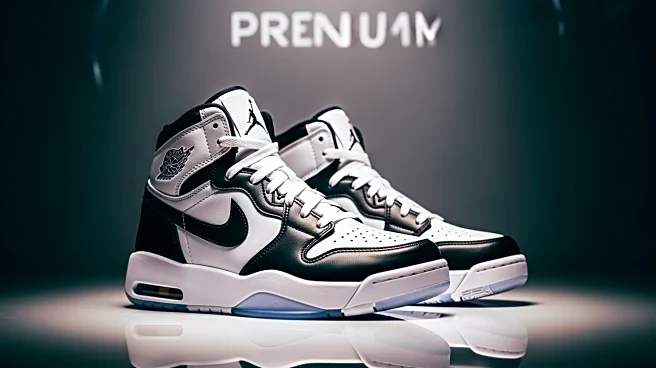What's Happening?
The Air Jordan 12 'Taxi' was released globally on November 8, marking its first return in a decade and only the third release of this iconic colorway. Despite the anticipation, the sneakers did not sell out, leaving retailers and resellers disappointed.
The shoes are available in full-family sizing, with prices ranging from $90 for toddler sizes to $215 for adult sizes. The 'Taxi' colorway features a white leather upper with black reptile-textured mudguards, complemented by gold accents and bright yellow detailing. The release was expected to generate significant hype, but the shoes are currently available below retail price on platforms like GOAT and StockX.
Why It's Important?
The lackluster sales of the Air Jordan 12 'Taxi' highlight a shift in consumer behavior and market dynamics within the sneaker industry. This development is significant for retailers and resellers who rely on high-demand releases to drive sales and profits. The availability of the sneakers below retail price suggests a decrease in speculative buying and resale value, impacting the secondary market. For consumers, this presents an opportunity to purchase iconic sneakers without paying inflated resale prices, potentially altering purchasing habits and expectations for future releases.
What's Next?
Retailers and resellers may need to reassess their strategies for future sneaker releases, considering the changing consumer interest and market saturation. Jordan Brand might explore new marketing tactics or collaborations to reignite consumer excitement and drive sales. Additionally, the sneaker community will likely monitor upcoming releases to gauge whether this trend continues, influencing how brands approach product launches and pricing.
Beyond the Headlines
The release of the Air Jordan 12 'Taxi' underscores the cultural significance of sneaker collecting and the evolving landscape of consumer preferences. As iconic designs become more accessible, the exclusivity and status associated with owning such sneakers may diminish, prompting brands to innovate and differentiate their offerings. This shift could lead to broader discussions on sustainability and ethical production within the fashion industry.


